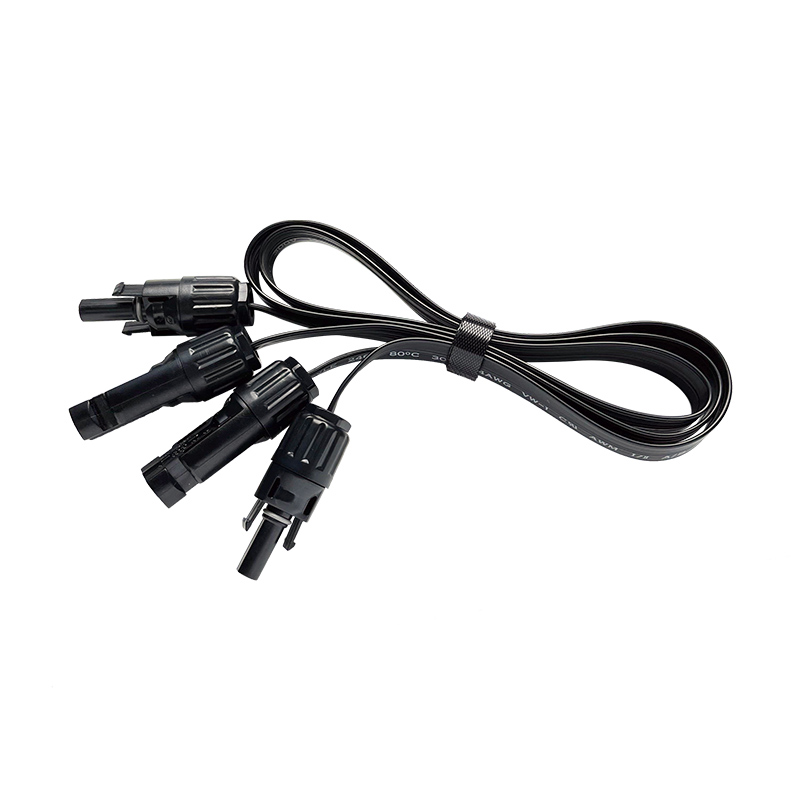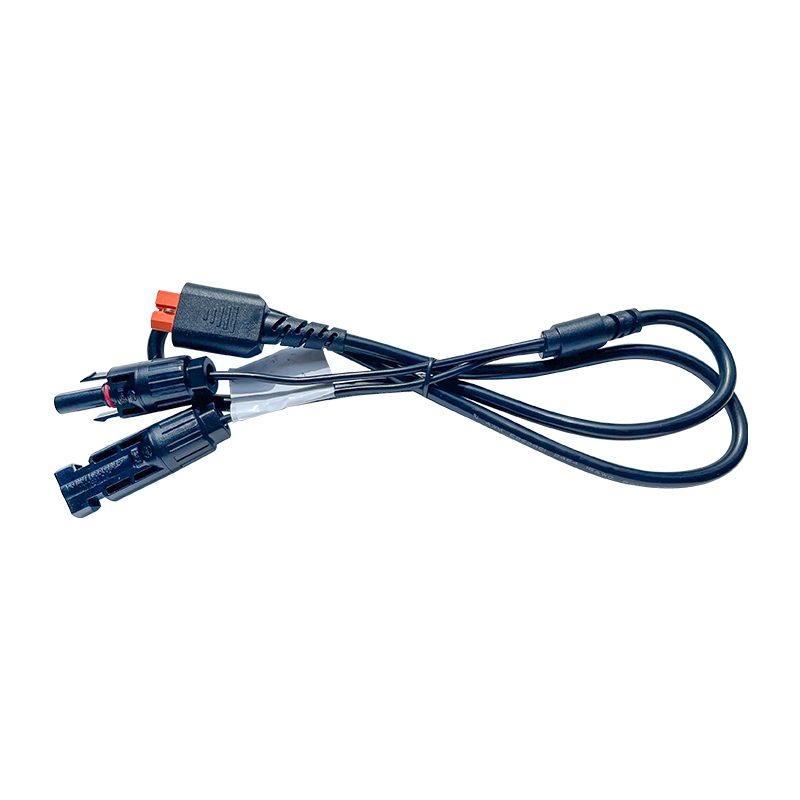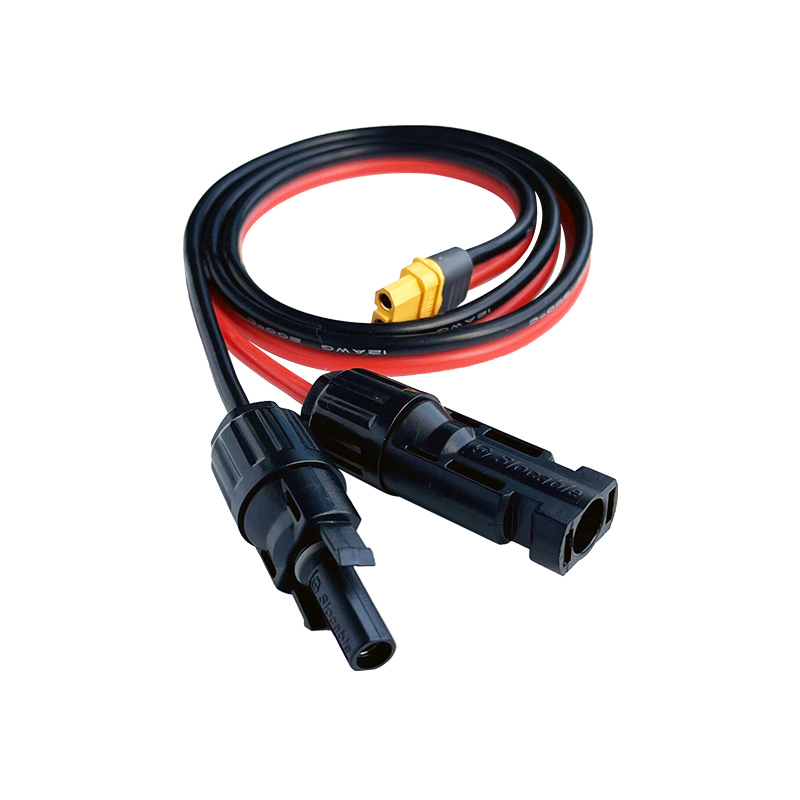When setting up a solar energy system, selecting the appropriate micro inverter solar power cable is crucial for ensuring efficiency and safety. The right cable facilitates seamless energy transfer from your solar panels to the inverter, minimizing power loss and potential hazards.
Understanding Micro Inverter Solar Power Cables
Micro inverter solar power cables are specialized connectors designed to link individual solar panels to micro inverters. Unlike traditional string inverters, micro inverters operate on a per-panel basis, requiring reliable and efficient cabling to function optimally.

Key Factors in Choosing the Right Cable
1. Compatibility with Connectors
Ensure that the cable is compatible with your solar panel's connectors. Many modern solar panels utilize MC4 connectors, while some systems, especially portable ones, may use XT60 connectors. It's essential to match the cable's connectors with those of your equipment to avoid connectivity issues.
2. Cable Gauge and Length
The cable's gauge (thickness) affects its ability to carry current without significant voltage drop. For instance, a 12AWG cable is suitable for moderate distances and current levels. Additionally, consider the length of the cable; longer cables may require a thicker gauge to maintain efficiency.
3. Durability and Weather Resistance
Since solar installations are often exposed to the elements, choose cables with robust insulation materials like XLPE or PVC. These materials offer resistance to UV rays, moisture, and temperature fluctuations, ensuring longevity and consistent performance.
4. Voltage and Current Ratings
Verify that the cable's voltage and current ratings align with your system's requirements. Using a cable with inadequate ratings can lead to overheating or system failure.
Exploring OEM Solar Panel XT60 Options
Original Equipment Manufacturer (OEM) solar panel XT60 cables are tailored for systems that utilize XT60 connectors. These cables are known for their high current handling capabilities and secure connections. When selecting an OEM XT60 cable, ensure it meets your system's specifications and is sourced from a reputable manufacturer.

Utilizing Solar Panel Cable Adapters
In scenarios where connector types differ between components, solar panel cable adapters become invaluable. For example, if your solar panel has an MC4 connector and your inverter uses an XT60 input, an MC4 to XT60 adapter cable bridges this gap. These adapters facilitate flexibility in system design and component selection.

Best Practices for Installation
Secure Connections: Ensure all connectors are firmly attached to prevent energy loss or disconnections.
Avoid Sharp Bends: Cables should be laid out without sharp bends to maintain integrity and performance.
Regular Inspections: Periodically check cables for signs of wear or damage, replacing them as necessary to maintain system efficiency.
Selecting the appropriate micro inverter solar power cable involves careful consideration of compatibility, specifications, and environmental factors. By focusing on these aspects, you can ensure a reliable and efficient solar energy system tailored to your needs.